November 2014
Monthly Archive: November 2014
Modern Design for a Modern World: Art Deco in Paris
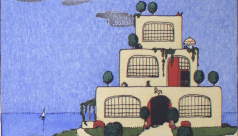
In the years between the World Wars a new design style emerged which embraced the imagery of industrialization. This style, known as Art Deco, responded to the social and technological developments that had come out of the First World War, and celebrated all things modern.
Pacifist Males & Warrior Females

About a hundred year ago, mass produced colour lithographs proliferated across the South Asian subcontinent creating new imaginary communities through a shared visual imagery. In this new kind of visual culture, hero images seemed to flip traditional gender roles by being dominated by warrior females and pacifist males. Written by Deepali Dewan
Photography in the Field: equal parts business & pleasure

Guest blogger Thomas Cullen shares his thoughts on photography in the field.
Staying in Style: Books on Fashion
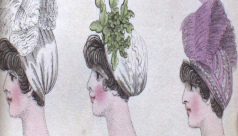
October saw another Fashion Week in Toronto come and go - one of many events that mark the seasons of the fashion calendar.
Unfrozen in Time: From the Erebus and Terror to the ROM
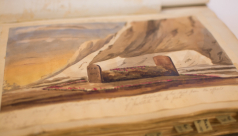
Today’s blog post is a glimpse of a tale that is largely untold. It is the story of the exploration of the Canadian Arctic, as seen by Adam White in his botanical scrapbooks. These scrapbooks were donated to the University of Toronto, and came to the ROM together with what is now the ROM’s Green Plant Herbarium. What do these scrapbooks have to do with Franklin, the HMS Erebus and the HMS Terror? It’s a fantastic story!
Weapon Wednesday: Bagh Nakh--making humans into tigers
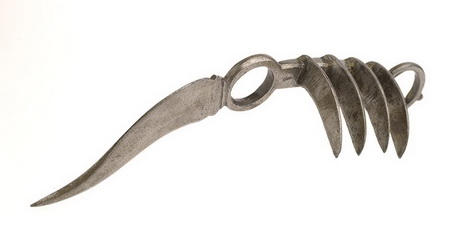
The blades, like the tiger claws they are named for, are made to slash though an opponent and, in modern history, is most often associated with the Hindu Marati warrior Shivaji. Written by Aruna Panday
Franklin Found! Clues in an Arctic Mystery
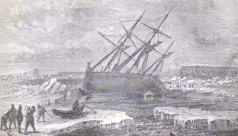
The recent discovery of one of the Franklin expedition’s lost ships has provided new evidence in a mysterious chapter in early Arctic exploration.
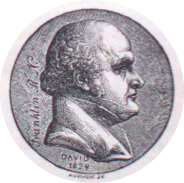
What exactly is a LOT?
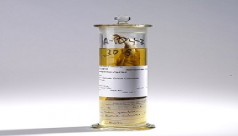
In the past 100 years, the Ichthyology section at the ROM has amassed over one million fish specimens from around the world in one of the largest fish collections in North America. These specimens are preserved, sorted into LOTS, identified, catalogued and shelved like books in a library.
